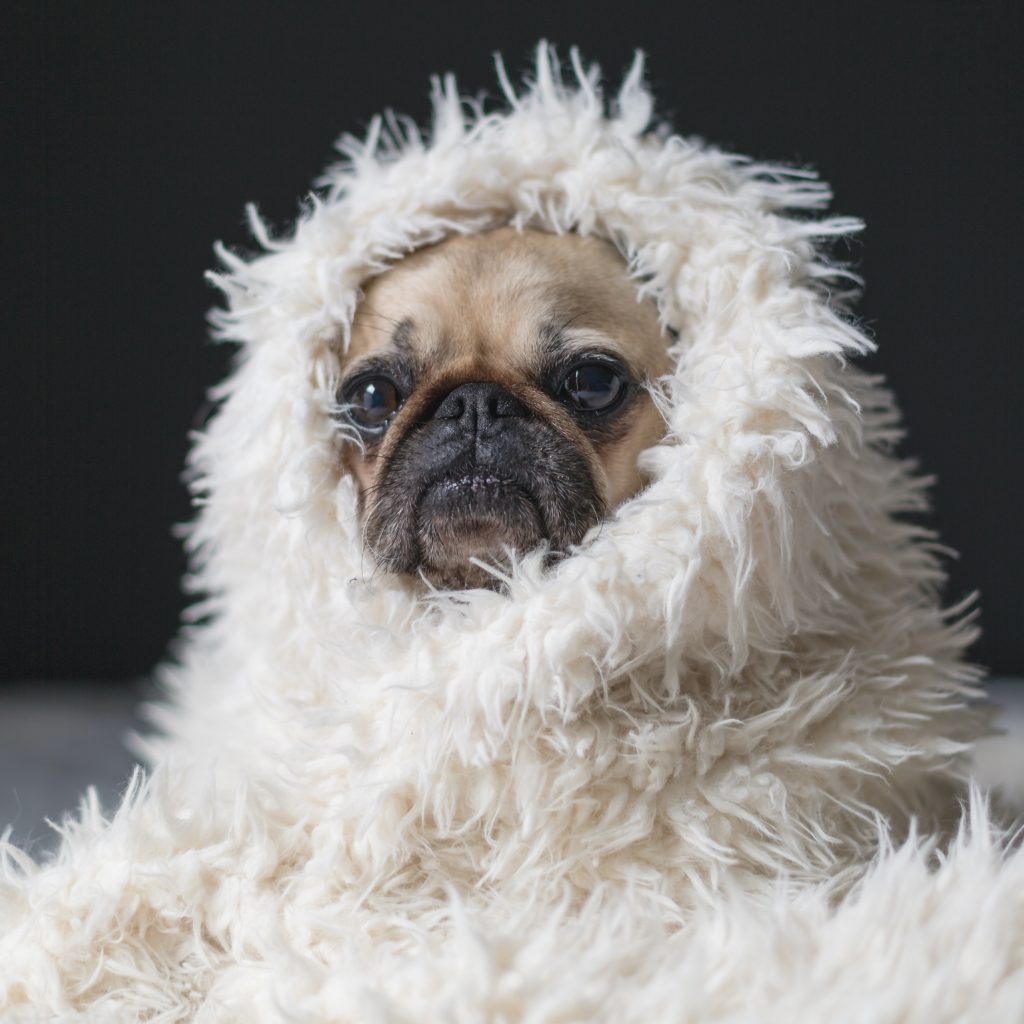Barking is not an enjoyable activity for Pugs. If they do it more than usual, you should know that it’s not normal.
Commonly, fearful dogs bark to defend themselves. You can tell when a Pug is scared by looking at its ears and tail. They may hold their ears back and hold their tails low.
Bored Pugs also bark out of frustration. When a playful dog has nowhere to spend its energy, he likely barks to release himself.
As I mentioned, territorial pugs will bark at strangers and newcomers. They may consider these people as threats.
If it’s playtime, it’s not unusual to see your Pug jumping and giving some barks to show off his excitement. That means the dog is ready for a good time.
Of all the reasons, sickness can be a problem for over-barking. Canine Cognitive Dysfunction, or deafness, can be the cause because the dog can’t hear himself.
Canines are pack-mental. Many dogs will form a group, and there will be an Alpha. When this one barks, the others will follow, creating a chain of loud noise. I’m sure you’ve seen one of your Pugs bark, and then the others are also barking.
The others don’t know what they’re barking at, but they’re happy to join in.
As more dogs are joining the barking, more will come.

